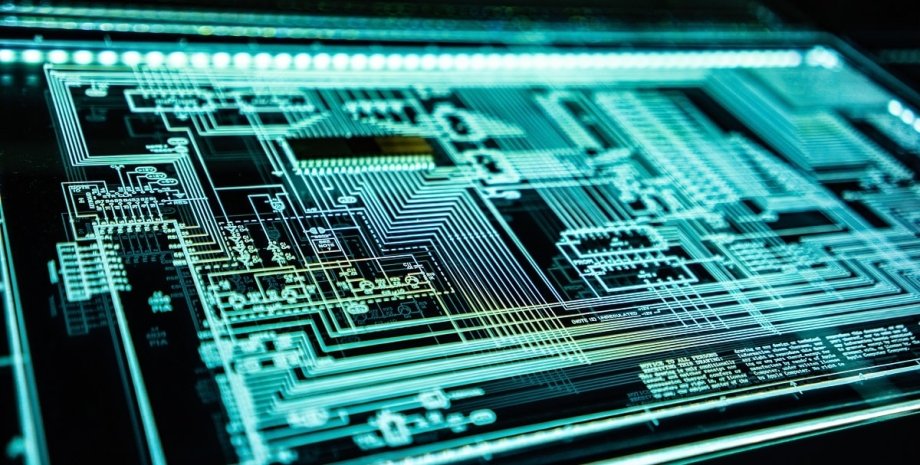
Russia and China will remain without chips: the production of microchips will be massively transferred to America
The US will take full control of production facilities and logistics — it will become much more difficult to circumvent sanctions.
This summer, the US government passed the so-called Chips and Science Act. This is how American politicians intend to concentrate the proceedings in their country, reports the SIA association.
The American government believes that such a step will help attract investments, create jobs, and control supply chains. The last point is extremely important, because despite US sanctions, countries such as China and Russia are constantly looking for “workarounds” to gain access to American technology. Now that the US has full control of production capacity and logistics, circumventing sanctions will become much more difficult.
According to SIA, in the States there will be:
- new factories for the production of semiconductors were built;
- existing productions were modernized and expanded;
- involved investments in the amount of $200 billion;
- 40,000 new jobs were created.
Construction of the first plant has already begun. The line is planned to be launched in 2024. Several new factories will be built during 2023. In general, it is planned to open 23 microcircuit factories and modernize 9 plants.
SIA looks forward to working with the US Department of Commerce to ensure effective, efficient and timely implementation of the Chips and Science Act. This will help increase the pace of chip production, stimulate innovation, and bring great benefits to the US economy, representatives of the industry association are confident.
We previously wrote that German scientists managed to create a super-fast switch for processors based on salt water and lasers.
From a recent investigation by Reuters, it became known how the Russian Federation received processors and other components to bypass the US sanctions against Russia, on the basis of which the Orlan-10 attack drones were then created.

